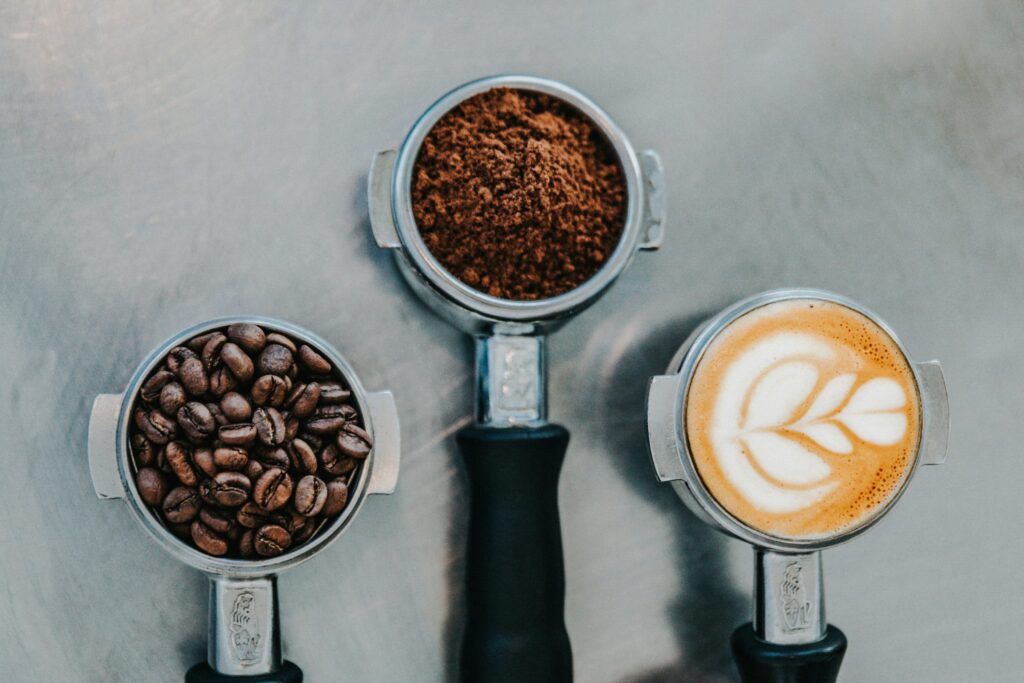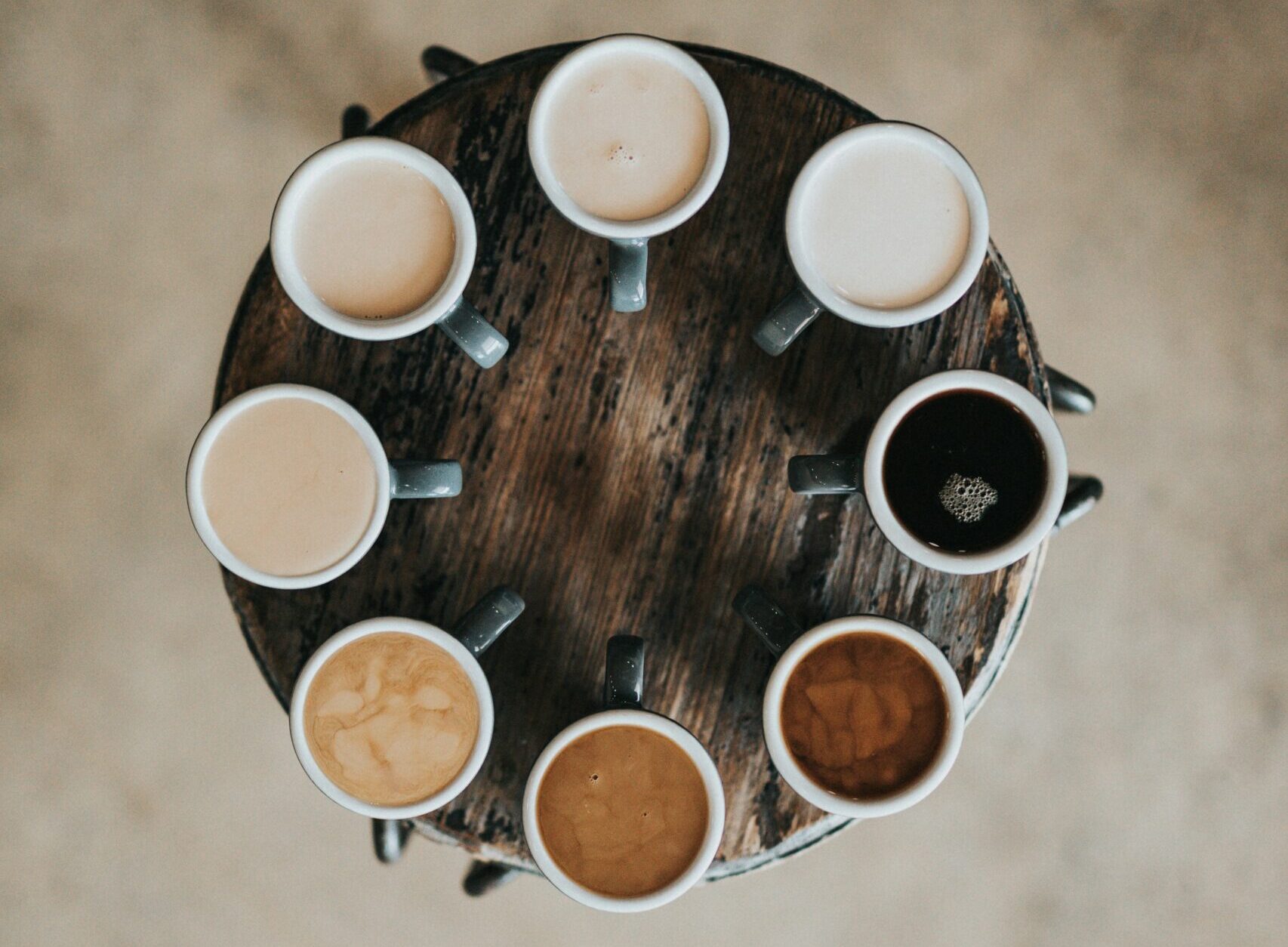For some, the thought of waking up and starting their day without caffeine is impossible. In our fast-paced world, people have become dependent on espresso shots and iced lattes to keep their energy high at school, work and in their personal lives. Though its many forms are undeniably delicious, the human stomach doesn’t always agree with a daily cup of joe. We’ll get into the impacts of long-term caffeine consumption later on, but for now, let’s discuss how low-acid coffee is changing the industry.
What Is Low-Acid Coffee?


First off, it’s worth noting that the standard cup of coffee has approximately 30 acids inside; how that combination interacts amongst itself and with your stomach will indicate how acidic it is. Anything with a pH of 5 or higher qualifies on the low end of the spectrum, seeing as water is at a 7 on the scientific scale, marking the neutral spot between basic and acidic.
Several things determine whether a brew will be low acid or not, including the altitude the beans are grown. Overall, lower is better according to Volcanica Coffee, but it’s also important to consider the processing method used to strip the seed from the cherry, as well as the roasting process. The latter takes place when heat is applied to a green coffee bean until a chemical transformation takes place. Darker roasts tend to be lower in chlorogenic acid that’s roasted out but can still contain excess quinic acid, resulting in sour, bitter notes in your drink.
Indonesia and Brazil are the most common countries of origin for low-acid coffee these days, but Guatemala, Peru and Mexico have been working hard to offer customers similar products. If you prefer drinks that are full of cocoa nutty flavor with a thicker, heavier body, chances are you’ll find a newfound appreciation for the healthier alternative.
How Regular Caffeine Consumption Can Affect You
The pep in your step that comes from a morning cup of coffee can be hard to mimic, but no matter how much you love it, you can’t ignore the risks that accompany regular caffeine consumption. Side effects include insomnia, nervousness, restlessness, nausea and increased heart rate. In more serious cases, headaches, anxiety and chest pain can arise. Before long, you might find yourself dependent on your daily iced coffee, making you irritable, uncomfortable and unpredictable if you happen to miss a mug.
Elsewhere, the digestive tract runs into some trouble breaking down coffee, leading to frequent bathroom breaks, upset stomachs, acid reflux and GERD, all of which can quickly throw your day off course. Switching to a low-acid coffee can help you combat some of these things, but there are other steps you can take too. One is eating solid food before your first coffee run, and adding milk or creamer to help neutralize the acidity.
Low-Acid Coffee Brands to Consider Trying
When picking the perfect java brand for you, there’s a lot to consider. At the top of the list should be your taste preferences, health concerns and personal goals. Keep them in mind as you read about some popular low-acid coffee brands below!


Purity Coffee Ease
Wellness blog Camille Styles suggests Purity Coffee Ease because of its gut health benefits. It’s specifically formulated for easier digestion than your average coffee and also boasts high levels of antioxidant phenolic compounds that provide more nutrients. You can purchase this low-acid coffee in bean or ground form, but those with busy lifestyles might value their single-serve packets that are great for the office or school. The dark roast originates from Nicaragua, Honduras and Colombia; its notes are roasted walnut, dark chocolate and brown spice.
Trader Joe’s Low-Acid French Roast Coffee
Trader Joe’s is a favorite for many Americans, and their low-acid French roast comes highly recommended to the affordable (under $10) price tag. Their beans come from Brazil and Peru, where they’re steamed before a long slow roast which helps to remove acidity without impacting taste. The result is a full coffee flavor with a hint of chocolate that won’t hurt your stomach.
VitaCup Perfect Coffee
Keurig owners will want to try the VitaCup Perfect Coffee pods, which are incredibly convenient for traveling or busy mornings. The notes of caramel and cocoa will stick with you long after your first sip, and Styles notes that VitaCup is “more smooth and well-balanced” than other K-Cup options they’ve tried.
Fabula Medium Roast
Finally, coffee snobs are most likely to reach for the Fabula Medium Roast, which comes at a slightly higher cost than other low-acid options. It stands out due to its carmelized sugar and nutty chocolate notes and is said to taste more fresh than other store-bought options.
